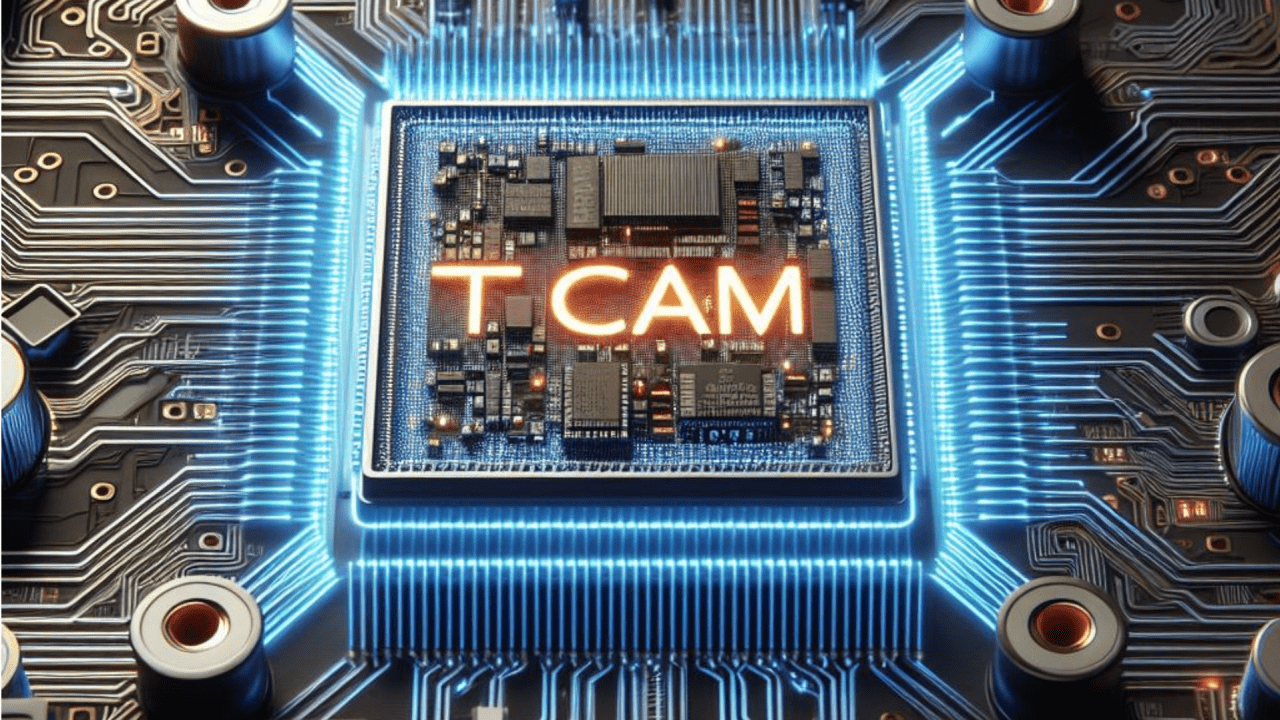Ternary Content Addressable Memory, or TCAM, is a specialized type of high-speed memory used in certain types of networking devices, particularly switches and routers. Here’s a brief introduction:
TCAM is an extension of Content Addressable Memory (CAM), but with an additional capability. While CAM can match only binary zeroes and ones, TCAM can match a third state: any value or the “don’t care” state. This third state is called ‘X’, so a TCAM can work with three different values: ‘0’, ‘1’, and ‘X’, hence the name ‘Ternary’.
One of the key features of TCAM is its ability to search its entire memory content in parallel, which makes it incredibly fast for certain types of operations. This is particularly useful in networking devices, where rapid lookup of information like routing tables or Quality of Service (QoS) parameters is critical.
However, TCAM is an expensive component and is typically a scarce resource on many switching platforms. This is especially true on lower-end platforms, where the administrator must make a decision on how to allocate the available TCAM resources, so that it fits with the role the switch plays in the network.
In summary, TCAM is a critical component in modern networking devices, providing high-speed, parallel search capabilities that are essential for efficient network operation.
The 7nm and 5nm technology TCAMs are significant advancements in the semiconductor industry, offering improved performance and energy efficiency.
The 7nm technology has been a major milestone for many semiconductor manufacturers. For instance, Semiconductor Manufacturing International Corporation (SMIC) has successfully manufactured 7nm technology chips despite restrictions on access to the most advanced equipment technologies. Similarly, Taiwan Semiconductor Manufacturing Company (TSMC) has seen increased adoption of its 7nm technology, contributing significantly to its total wafer revenue.
The 5nm technology represents the next step in this progression. TSMC, a leader in this space, has seen its 5nm process technology contribute a significant portion of its total wafer revenue. This technology is expected to further enhance the performance and power efficiency of devices, making it particularly suitable for high-performance computing applications.
In summary, both 7nm and 5nm technology TCAMs are critical to the ongoing evolution of the semiconductor industry, enabling more powerful, efficient, and compact devices.




